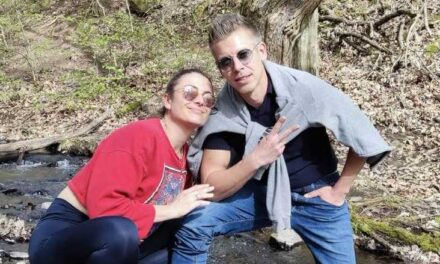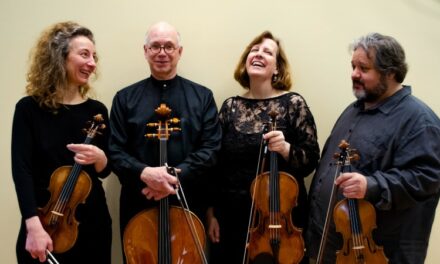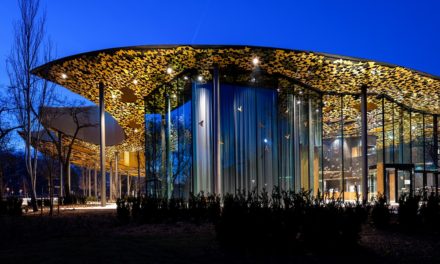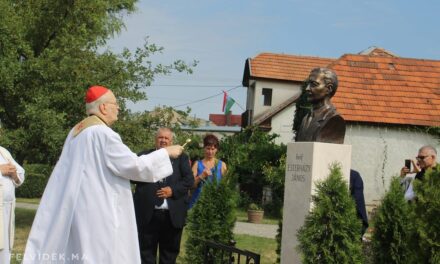At the boundary of the building on Szemlőhegy Street, notorious communist cadre Antal Apró often negotiated with his neighbor, János Kádár. He moved in with his family in the fifties, the Gyurcsány family has lived here since the nineties.
In his writing, Dániel Kacsoh provides a detailed overview of the history of the building, from which we quote some details.
According to city historian Éva Gál , what is certain is that Sebestyén Aladár appears again in the 1949 and 1950 phone book as the resident of Szemlőhegy utca 42, meaning he may have moved back into the building as a Holocaust survivor. However, he definitely had to leave his apartment after 1950: he moved to a rented apartment on Szent István körút. After the regime marked by Mátyás Rákosi began to be thoroughly organized, higher-level communist functionaries came one by one to the area and to the properties allocated to them. However, the villa in Szemlőhegy Street was nationalized only in 1952, after which it was first operated by government and party authorities. According to the study, in 1958, its original furniture was no longer there, when the first floor of the building was given to Antal Apró, the then deputy president of the Council of Ministers, and the ground floor to Mihály Jahner-Bakos, who rose to the position of president of the Supreme Court and was feared for his death sentences in conceptual cases, and his wife. Who.
In the 1960s, the house, which was built from bauxite concrete and was already in a deteriorated condition, had to be almost completely demolished, new load-bearing concrete columns were built into its walls, and two rooms were created in the attic - read the already cited study. According to anecdotes, at the same time, its doors and windows (at that time) remained original, as Apró, a painter and painter, took them down every two years with the government guards and cared for them himself with linseed oil, putty and paint.
By the way, they officially moved to the area because of Apró's wife's constant inflammation of the face and frontal sinuses, and the lavish property was assigned to them on the recommendation of a doctor. In the 1960s, a separate two-room apartment was created in the attic. "In 1992, the building was part of the II. it passed into the ownership of the district Self-Government, but in February 1995 they sold it to their previous tenants, the members of the Apró family, and to Mihályn Jahner-Bakos, the widow of the coroner - at a lower price in accordance with the practice of the time: the ownership of the 159-square-meter apartment bought for less than HUF 9 million soon after Fittelina Kft. acquired it for twice as much."
At the same time, it was enough for the Apró family (Klára Dobrev, who was twenty at the time) to pay ten percent of the purchase price for the apartment, and they could take out a twenty-five-year loan for the rest. It was not unprecedented, but it was still an exceptional construction. Later, Fittelina Kft., operating as a family business rebuilt the property for several tens of millions of forints, at which time the reconstruction of the attic was completed, the swimming pool, solarium, sauna, as well as the stone wall of the street front and the internal elevator were completed.
Magyar Nemzet found out in the 2000s that the family business that officially owns the villa was able to write off HUF 2.6 million per year as expenses, thus reducing its corporate tax, so that it probably rented the apartment to its own owners. In addition, the Gyurcsányés' company was able to reclaim HUF 10 million in VAT after the renovations, which they obviously could not have done as private individuals.
Klára Dobrev , Piroska's daughter, who soon immersed herself in left-wing politics, who married Ferenc Gyurcsány, also lived in the building The rent-back case caused a serious scandal, but there were no legal consequences.
Klára and Ferenc met in 1994 at the government resort in Balatonőszöd. Before long, the current DK president, who left his second wife for the sake of Antal Apró's grandson, could already go to work from Rózsadomb.
the detailed history of the Apró villa on Mandine .
Opening image: Ripost.hu













